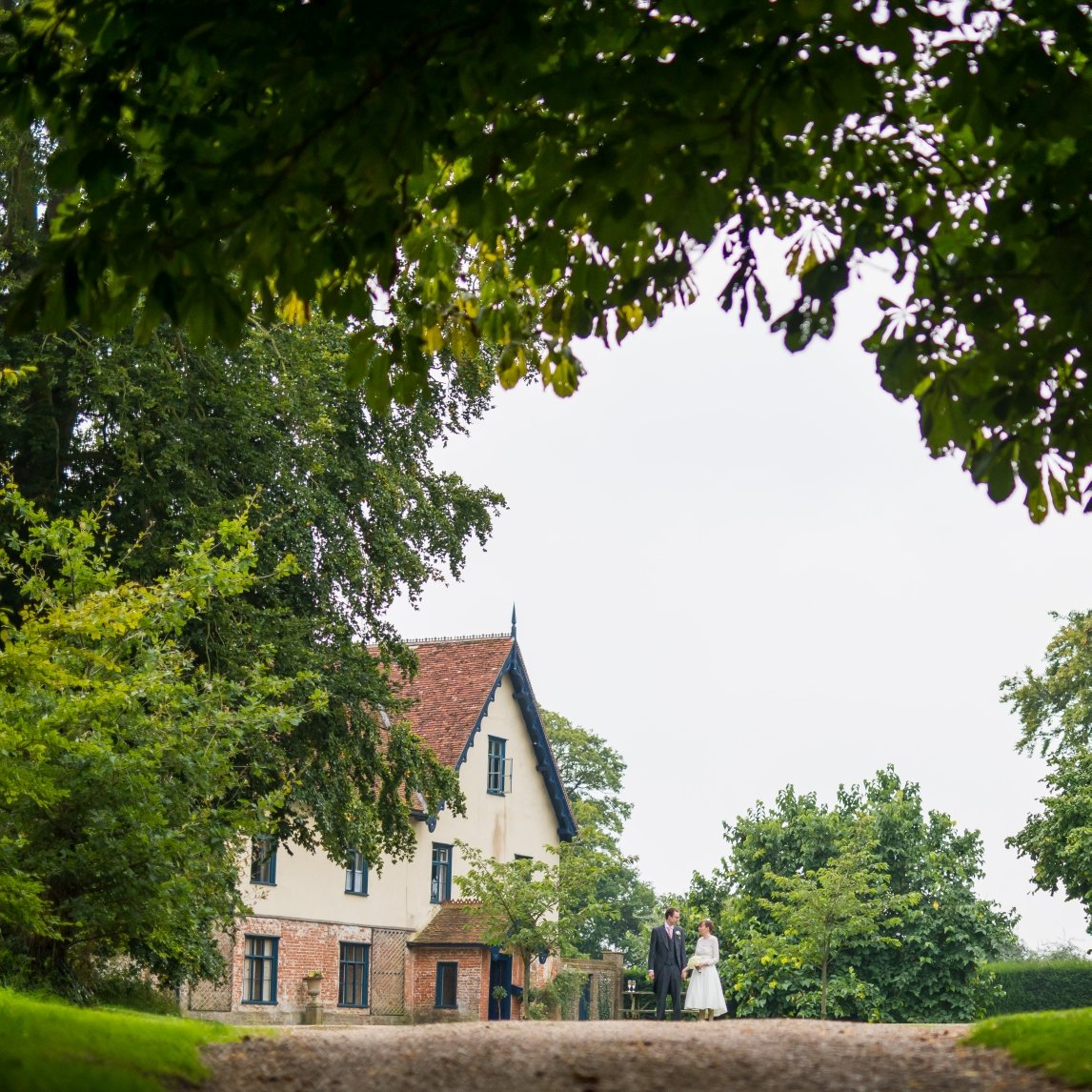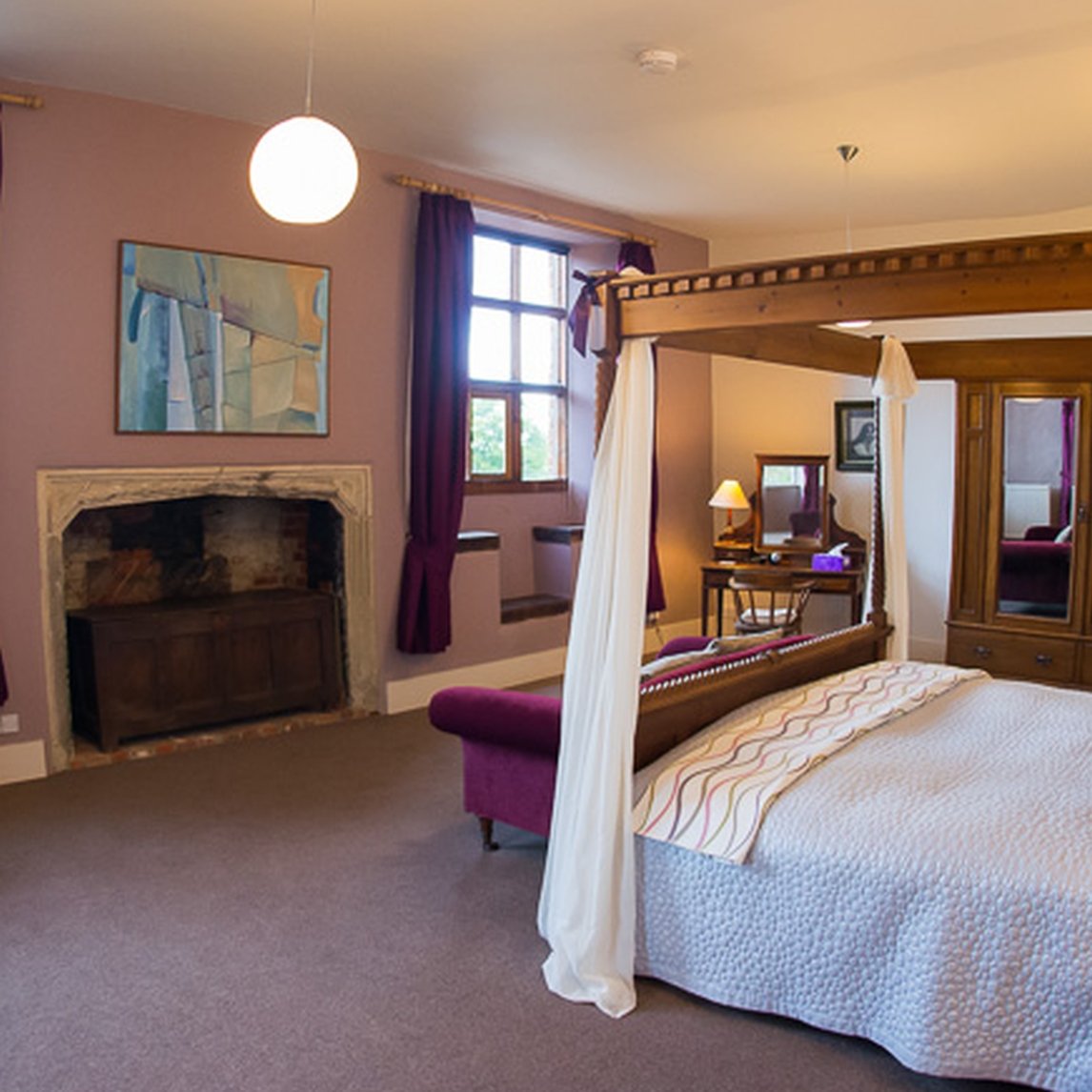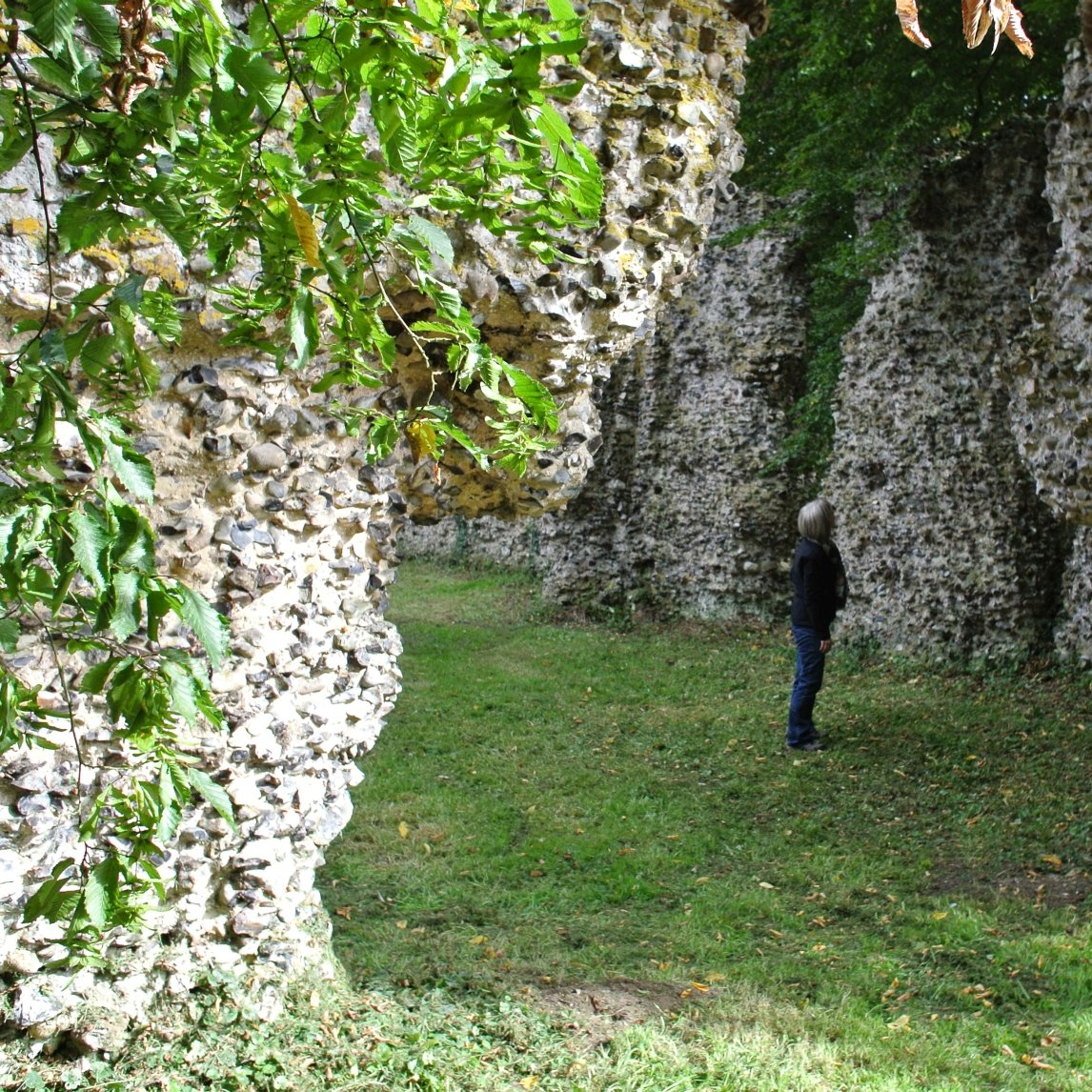South Elmham Hall is a 13th century former bishops' palace standing within a four-acre moated site. The 16th century exterior of the Grade I listed house hides a medieval hall including traces of the bishops' private chambers. Many features survive including probably the earliest domestic wall-paintings in Suffolk.
Around 1250
Bishop Walter de Suffield of Norwich
reputedly lived at South Elmham
‘in great splendour'
In 1387, King Richard II granted
Bishop Henry de Spencer
a licence to fortify
South Elmham Palace
During the 1300s -1400s, a thriving community developed in and around the palace’s moated enclosure. Detailed accounts were kept listing a number of buildings, stables, mews, cloisters, a chapel, gatehouses (the ruin of one still survives) and fishponds.

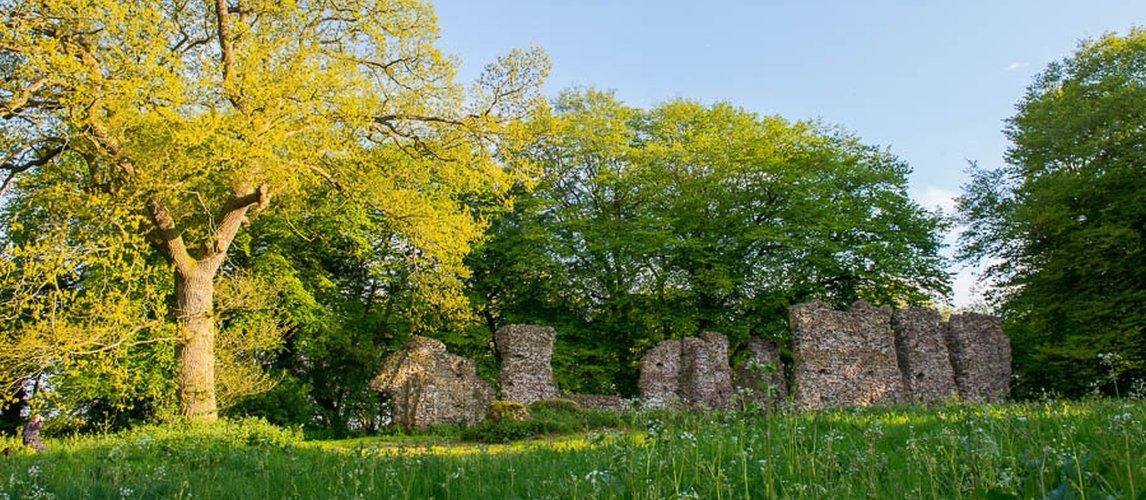
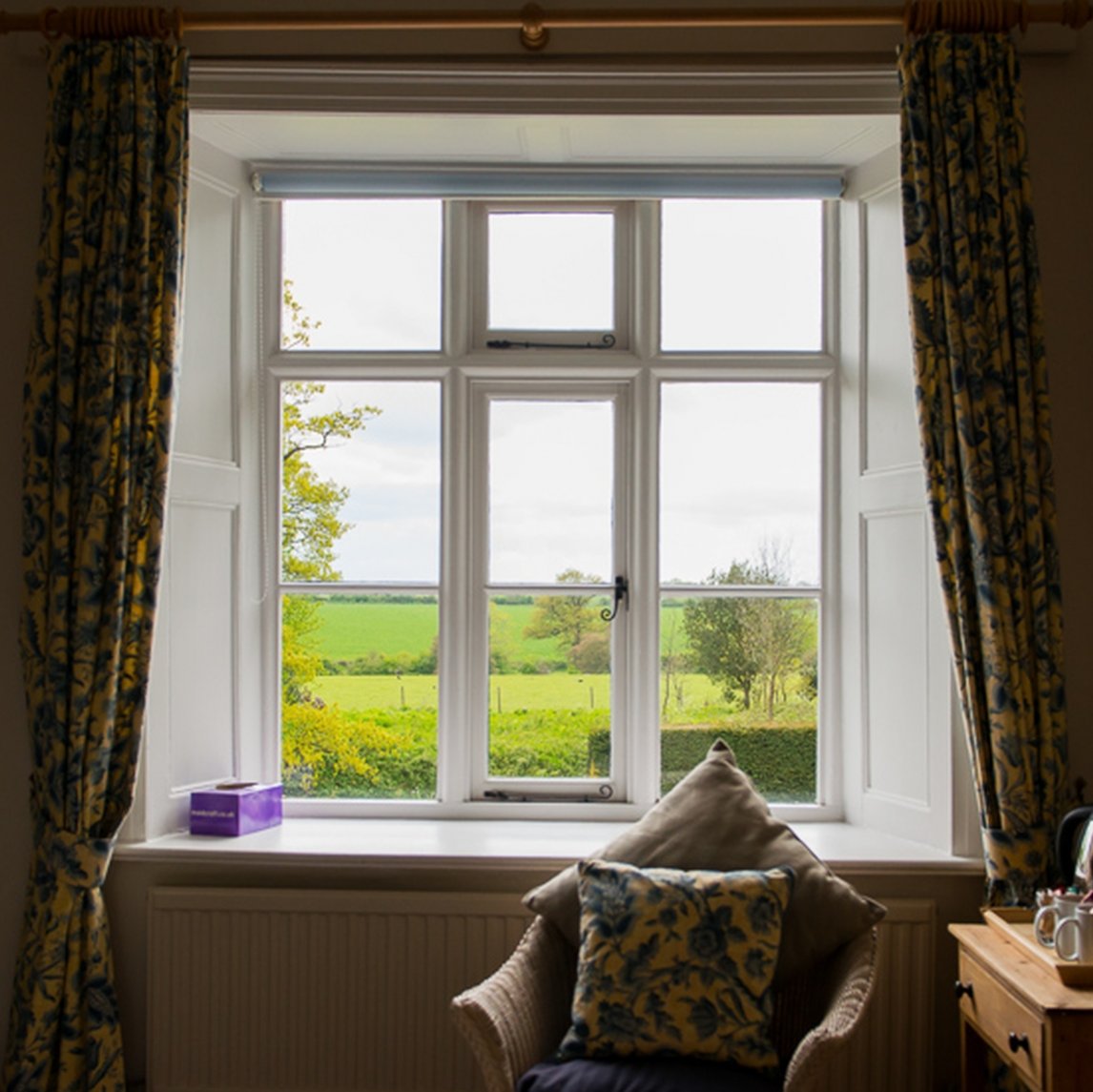

A former palace
South Elmham Hall finds itself at the very centre of an ancient estate which was once a key player in East Anglia’s earliest map of Christianity.
South Elmham was the location of the episcopal estate, the Bishop’s See (Court) of Elmham, dating back to the 7th century. Nothing exists from those earliest days, except a scattering of pottery on the settlement sites. The Vikings allegedly made sure of that with their plundering and burning of the East Anglian Minsters.
But the connection was strong and remained intact. In 1100, the then Norman Bishop of East Anglia, Herbert de Losinga, founded Norwich Cathedral and subsequently gifted South Elmham to the Priory of Norwich. And this is where the story of South Elmham’s Palace really begins.
Favourite hunting grounds & a spot of poaching
The first Bishop of Norwich appears to have been a fan of the South Elmham estate - he stocked its deer park well. For the wealthy medieval bishops, the principle attraction of South Elmham was its good hunting.
South Elmham Hall became a ‘des-res’ at the heart of a deer park. A Great Hall in which to hold court was built with chambers and a private chapel for the Bishop. And as the palace took shape in the 13th century with fine archways and stonework, this domestic building was adorned with lavish wall-paintings.
Perhaps the painters and decorators working in Norwich Cathedral were enticed to South Elmham for a bus-man’s holiday..? The similarities between the South Elmham Hall wall-paintings and those in parts of Norwich Cathedral are extremely striking. As a result, experts have dated them to 1270, making them probably the earliest domestic wall-paintings in Suffolk.
Many features of the medieval bishops' palace still survive today behind South Elmham Hall’s 16th century exterior.
Fit for bishops & a king
The popular palace at South Elmham and its hunting grounds flourished. According to the records, the reputation of South Elmham Estate’s deer park became very well established, but not without a few local difficulties. John, Bishop of Norwich, complained in 1315 of people breaking into his park and poaching his deer – so there must have been something worth stealing! And in 1350, the Abbess at nearby Flixton was upset that the Bishop’s hunting parties had trampled her Abbey gardens.
King Edward II found himself right royally entertained at South Elmham’s palace in 1326 when, en route to Norwich, he stayed and conducted the business of government from here for ten days or so.
The royal visit no doubt helped to put South Elmham further on the map. Bishops were living (and dying) here, and in the 14th and 15th centuries a whole community developed in and around the palace and its moated enclosure. Detailed contemporary accounts - forty-five ‘account rolls’ survive, with all but four now in the Suffolk Record Office – tell of a number of buildings, stables, mews, cloisters, a chapel, gatehouses and fishponds. The traces of these ponds form a series of earthworks to the south-west of the farm yard.
In 1387, wealthy Bishop Henry Despenser (de Spencer) was recognised by the King Richard II for putting down the Peasants’ Revolt in Norfolk and granted “a licence to crenelate” or fortify his house here. Foxes Martyrs tell how the same Bishop Despenser tried a local heretic, William Sawtry, in a court at South Elmham in 1399. The heretic recanted, but was caught preaching in London not long after and was burned at the stake.
A place to call home
According to documents, alterations to South Elmham Hall were undertaken in 1444 when the property was also re-roofed. The palace was certainly held by the bishops until 1540.
After Henry VIII’s Dissolution of the Monasteries, it was acquired by Edward (later to become ‘Lord’) North. A document still survives in the Bodleian Library "concerning an exchange of monastic lands between Henry VIII and Edward North, Chancellor of the Court of Augmentations, stating that the latter paid £3060 for the manor and rectory of Paddington which he now exchanges for the Manor of South Elmham and other lands in Suffolk & Cambridgeshire." It is dated 29th November 1540.
The Norths remodelled the medieval palace into a hunting lodge. The first floor Great Hall as altered - large windows were added and the floors strengthen so that assembled gentry could view hunting in the park and dine in splendour.
Edward’s son, Sir John North, a soldier, scholar and sometime spy lived here from time to time and the British Library holds an interesting letter, penned by John at the Hall in 1593 to Mr Gauley of Gauley Hall, in which he complains of needing a doctor and seeks a recommendation. Sir John North died in 1597, before he could inherit his father’s title.
The North family in turn sold South Elmham Hall to the local, but unpopular Tasburgh family in 1617 when it became part of the Flixton estate.
More than a century later, in 1753 the manor was sold to the Adair family and became part of their extensive Flixton estate. The property was home to their stewards and estate managers in the in 19th century, one of whom, George Durrant, 'landscaped' the grounds including land around the Minster. Alfred Suckling's report of this in his 'History & Antiquities of Suffolk' makes interesting reading. Read excerpts of the article»
In 1906 South Elmham Hall became home to the Sanderson family as tenant farmers and they came to purchase the property in 1920.
Local newspapers reported on a major pilgrimage procession to the Minster with 1,000 people in 1938. Read excerpts of the article»
Today, South Elmham Hall is the homely farmhouse of John and Nicole Sanderson who love, care for and farm South Elmham's historic lands.

